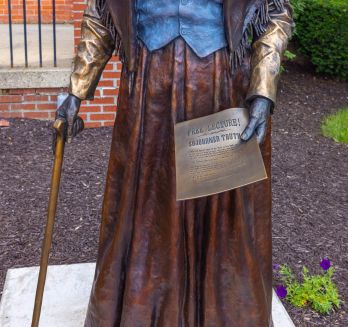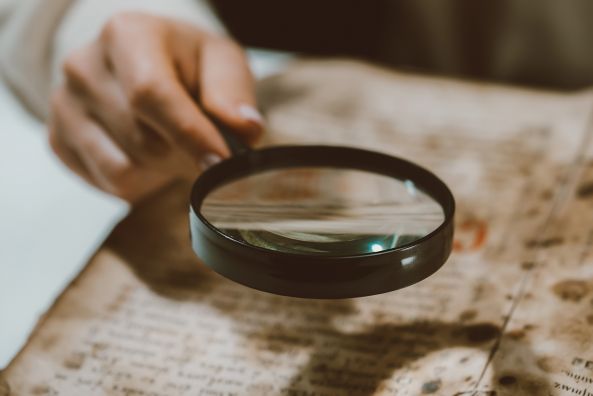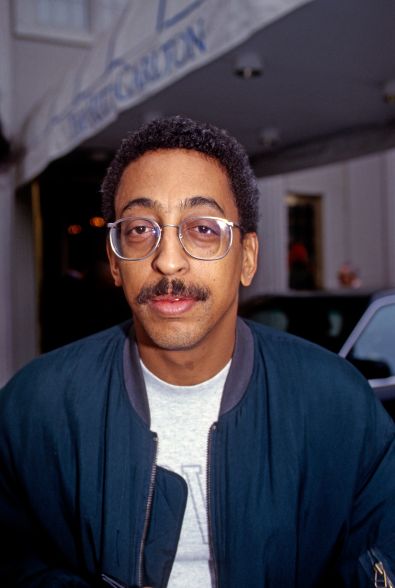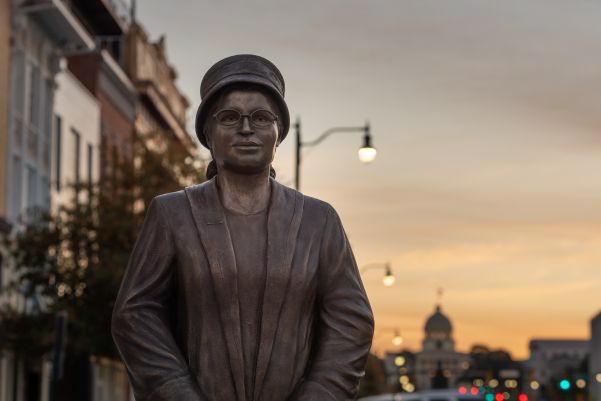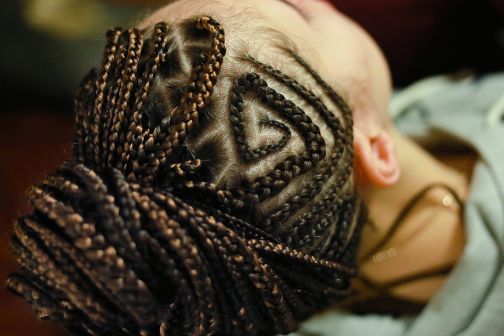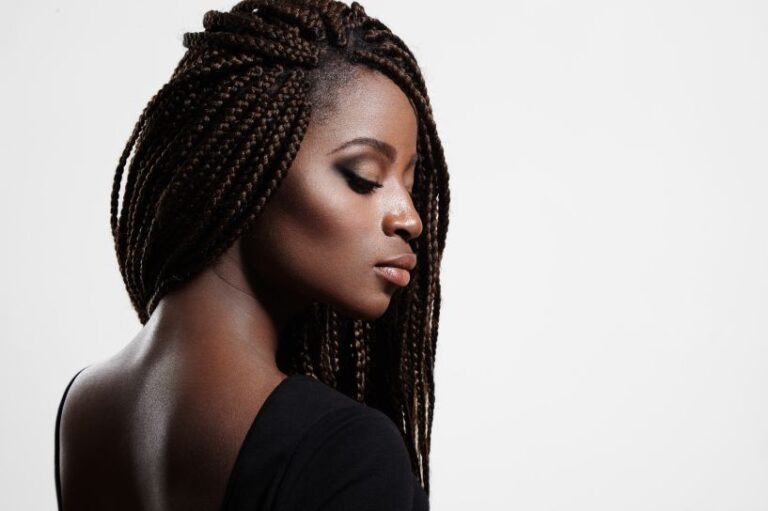African Americans have been changing the world since before its beginning. They have had a hand in creating some of humanity’s most significant ideas and inventions. Black inventors and innovators from all over Africa have helped shape modern society by creating solutions to everyday problems as well as entirely new innovations that have positively impacted millions of lives. African American inventors are constantly pushing boundaries and making advancements in fields such as science, engineering, medicine, education, and more. These black innovators inspired future generations with their courageous pursuits to bring about a better world for everyone, regardless of race or ethnicity.
Did you know that there are some African-American inventors that changed the world? These brilliant men and women have made significant contributions to society through their inventions. Africans have been credited with many inventions throughout history. Many of these inventions were based on natural resources around them, such as plants and animals. With the rise of technology over the past few decades, many people have forgotten about the role that African-American inventors played in making it what it is today.
It’s no secret that the world has been struggling to overcome systemic racism for centuries. From the days of slavery to Jim Crow laws and beyond, the process of dismantling the remnants of these oppressive norms has not been easy.
There is hope, though. Recent events have revealed that we are moving in the right direction as a society. People are starting to feel more comfortable sharing their ideas and experiences without fearing persecution.
In addition, we are also seeing increased recognition of the contributions that black people have made in various fields throughout history.
Lewis Howard Latimer
The son of runaway slaves from Virginia, Lewis Latimer was born in Chelsea, Massachusetts. As a youth he was engaged in odd jobs like sweeping up in his father’s barbershop, waiting tables, hanging paper, and selling copies of William Lloyd Garrison’s Liberator. In 1863, he entered the Union navy as a cabin boy on the USS Massasoit. He served in Virginia along the James River until the war’s end in 1865. Latimer joined the law firm, Crosby and Gould, after the war, where he became an expert mechanical drafter and also experimented with invention. He filed a patent for a pivot bottom for a railroad car water closet on February 10, 1874. Crosby and Gould was hired by Alexander Graham Bell, the creator of the telephone, to handle his patent application, and Latimer assisted Bell with drawing the diagrams for his 1876 patent.
Latimer was hired in 1880 in Bridgeport, Connecticut, by Hiram Maxim’s United States Electric Lighting Company. Onetes Electric Lighting Company. major competitor was Thomas Edison, who had patented the incandescent light bulb in 1879. In 1881, Joseph V Nichols and Latimer patented the electric lamp. Latimer’s most significant creation was the carbon filament, which enhanced the light output and lifespan of the lightbulb. Because of its decreased prices, electric lighting became more accessible. Latimer also created a locking rack for coats, hats, and umbrellas in 1896.
Latimer contributed to the development of filaments for U.S. Electric in 1880 and assisted with the installation of electric lighting systems in Philadelphia and New York. From 1884 to 1886, he worked for various firms in the New York. Later, he started working at the Edison Electric Light Corporation.
 General Electric was created at the end of 1886 after Edison Electric acquired other businesses. Latimer worked as a chief draftsman, an engineer, and expert witness for Edison in patent litigation in the United States. He created the first textbook on electric lighting in 1896, Incandescent Electric Lighting. The Board of Patent Control was established when General Electric and Westinghouse decided to pool patents in 1911; this was done to oversee patent battles. Latimer was appointed to the board. At this position, which he held until the board was disbanded in 1911, he applied his drafting abilities and understanding of patent law. After that, he consulted with a New York firm on patent law.
General Electric was created at the end of 1886 after Edison Electric acquired other businesses. Latimer worked as a chief draftsman, an engineer, and expert witness for Edison in patent litigation in the United States. He created the first textbook on electric lighting in 1896, Incandescent Electric Lighting. The Board of Patent Control was established when General Electric and Westinghouse decided to pool patents in 1911; this was done to oversee patent battles. Latimer was appointed to the board. At this position, which he held until the board was disbanded in 1911, he applied his drafting abilities and understanding of patent law. After that, he consulted with a New York firm on patent law.
Latimer moved to Flushing, New York, in the late 19th century, and became politically active on various civil rights issues. He was troubled by the absence of African Americans on the 1902 school board. He taught mechanical drawing and English and at the Henry Street Settlement in 1906. In 1918, he was one of the original scientists who belonged to the Edison Pioneers, an honorary society of researchers who had worked in Thomas Edison’s facilities. Latimer’s Poems of Love and Life was published privately in 1925 by his friends on his 17th birthday as a birthday gift. He passed in Flushing in 1928. In his honor, a Brooklyn elementary school was renamed on May 10, 1968.
Henry Blair
The work of Henry Baker, a patent examiner at the U.S. Patent Office, is mostly responsible for documenting and celebrating the early Black inventors. Baker, who was committed to identifying and publicizing these pioneers, was dedicated to the cause. Baker recorded the replies to inquiries and pursued any potential leads. A selection of Black inventions was showcased at the Cotton Centennial in New Orleans, the World’s Fair in Chicago, and the Southern Exposition in Atlanta as a result of Baker’s research. Baker used his research to select inventions that would be exhibited in these locations.
Although Henry Blair is known for being an inventor and farmer, his legacy is one of struggle against racism. He was born in Glen Ross, Maryland in 1807, and his name has been remembered in history for being the second African American to obtain a United States patent. He initially developed the Seed-Planter in October of 1834. This machine allowed farmers to plant more corn in less time with less labor. On August 31, 1836, he got a second patent for a cotton planter. A line of horses pulled two scoops, one behind the other, across the ground as it was being ploughed. The seed was dropped on the ground as the wheel-driven cylinder following behind it was driven. Blair had been a skilled farmer for years, and he developed these innovations in order to make farming more efficient.
According to United States patent law in 1857, both freed and enslaved people could obtain patents. A slave-owner filed a lawsuit in this period challenging the law on this basis, claiming that he owned “all the fruits of the slave’s labour,” including his slave’s inventions. As a result, the law was changed in 1858 to declare that slaves were not citizens and, therefore, could not hold patents. Blair died in 1860. All men were granted patent rights in 1871, six years after the American Civil War ended.
Conclusion
These are just a few examples of brilliant African-American inventors who made incredible contributions to society. It is important to recognize the successes of both the past and present. By learning from the successes of others, we can better see how we can implement those same principles in our own lives. These African-American inventors paved the way for future innovators by showing that anything is possible through hard work. If you have a great idea, do not let anyone tell you that it is impossible to achieve. Success is possible if you are willing to put in the time and effort needed to see it through.



